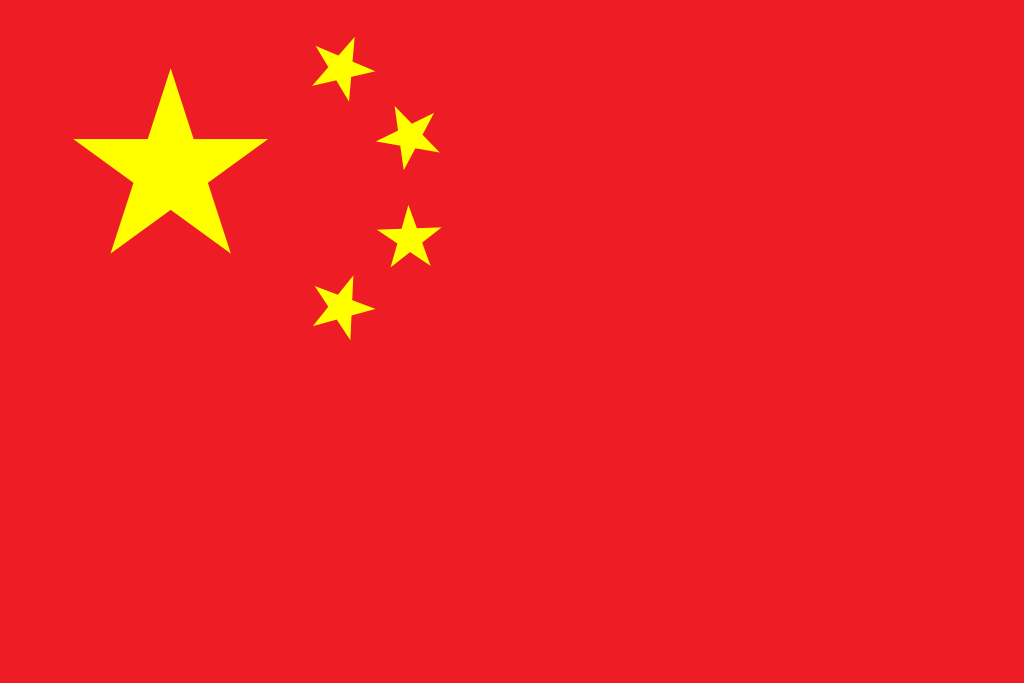CHINA
Capital: Beijing | Population: 1.4 billion
Lead body for sport development: General Administration of Sport
| Government Support | D |
| Elite Sport Rank | 3 |
| Elite Sport Rank Per Capita | 61 |
| Youth Sport Participation Grade | F |
In China, the General Administration of Sport (GAS) sits directly under the Central Government and is the government agency responsible for sport policy. The GAS is part of a centralized, top-down hierarchy that includes the Chinese Olympic Committee and the All-China Sports Federation. The GAS is guided by the 14th Five-Year Plan for Sport Development (2021-2025), which seeks to build China into a global sports power. In 2023, the government will spend ¥23.3B ($3.2B USD) on sport. The GAS oversees 20 sports management centers (including sports federations), the National Training Bureau and national teams, and the Provincial Sports Commission, which includes Provincial Sports Academies or part-time sports schools. The Olympic Sport Strategy is to engineer champions, and elite sport success is the overriding priority in the Chinese government. To avoid the misuse of money, increase funding efficiency, and maximize China’s Olympic medal productivity, China has prioritized primarily skill-based sports and “small, fast, women, water, and agile” sports disciplines that are historically less competitive globally.
As China has become more of an industrialized country, physical activity rates have fallen, and obesity rates have risen. To counter those trends, government invests in building community venues that provide free or low-cost access to sports. In the three-year period ending in 2020, the number of national sports facilities increased 89.7% and the total area of sporting venues increased 33.4%. As part of its current five-year plan, another 1,000 venues are being built.
China’s sport system receives supplemental funding from the national sports lottery and, increasingly, commercial endorsements. Historically, the sports lottery played a significant role in supporting major sports events in China, including the Olympics, the Paralympics, the Asian Games, and the National Games. The lottery also provides most of the funding for the National Fitness Campaign. With the support of the sports lottery, fitness projects have been extended to more than 600,000 villages, plus exercise tracks, fitness centers, multifunctional community sports fields, and walk pathways throughout the country. By 2025, the national fitness public service system is charged with encouraging 38.5% of the population to regularly participate in physical exercise. Mass events, new facilities, use of existing school venues, and National Fitness Days are part of the national plan to encourage people to engage in healthy activities and sport. The sport-for-all movement in China is relatively new and largely ungoverned for youth unless they participate in a sports school or physical education class. However, the country is organizing itself for greater impact. In addition to the federal government, cities also create five-year plans to support sport development.
Currently, there is no safeguarding system in place for athletes to report abuse.


